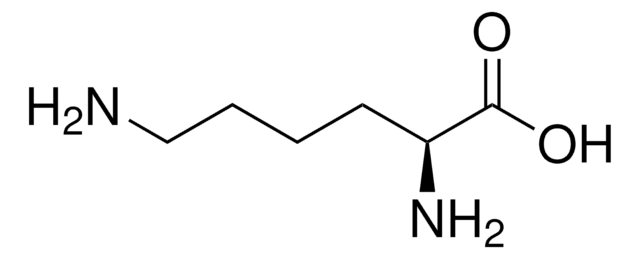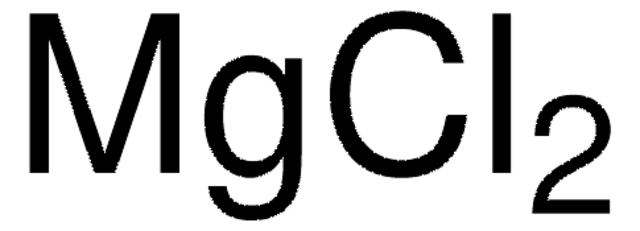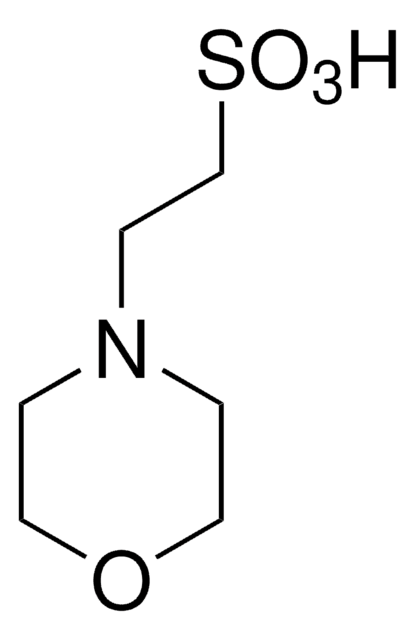W410100
Mango furanone
natural, ≥98%, FG
Synonym(s):
2,5 Dimethyl furan-3-one
Select a Size
CA$1,300.00
Select a Size
About This Item
Halal
Kosher
natural
CA$1,300.00
Recommended Products
biological source
botanical
Quality Level
grade
FG
Halal
Kosher
natural
agency
meets purity specifications of JECFA
reg. compliance
EU Regulation 1334/2008 & 872/2012
FDA 21 CFR 117
assay
≥98%
application(s)
flavors and fragrances
documentation
see Safety & Documentation for available documents
food allergen
no known allergens
organoleptic
caramel; fruity
Related Categories
1 of 4
This Item | BR25962 | BR25961 | BR25933 |
|---|---|---|---|
| packaging pack of 1 ea | packaging pack of 1 ea | packaging pack of 1 ea | packaging pack of 1 ea |
| manufacturer/tradename BRAND 25950 | manufacturer/tradename BRAND 25962 | manufacturer/tradename BRAND 25961 | manufacturer/tradename BRAND 25933 |
Legal Information
signalword
Warning
hcodes
Hazard Classifications
Eye Irrit. 2 - Flam. Liq. 3 - Skin Irrit. 2
Storage Class
3 - Flammable liquids
wgk_germany
WGK 3
flash_point_f
125.0 °F
flash_point_c
51.67 °C
Choose from one of the most recent versions:
Certificates of Analysis (COA)
Don't see the Right Version?
If you require a particular version, you can look up a specific certificate by the Lot or Batch number.
Already Own This Product?
Find documentation for the products that you have recently purchased in the Document Library.
Customers Also Viewed
Our team of scientists has experience in all areas of research including Life Science, Material Science, Chemical Synthesis, Chromatography, Analytical and many others.
Contact Technical Service
















